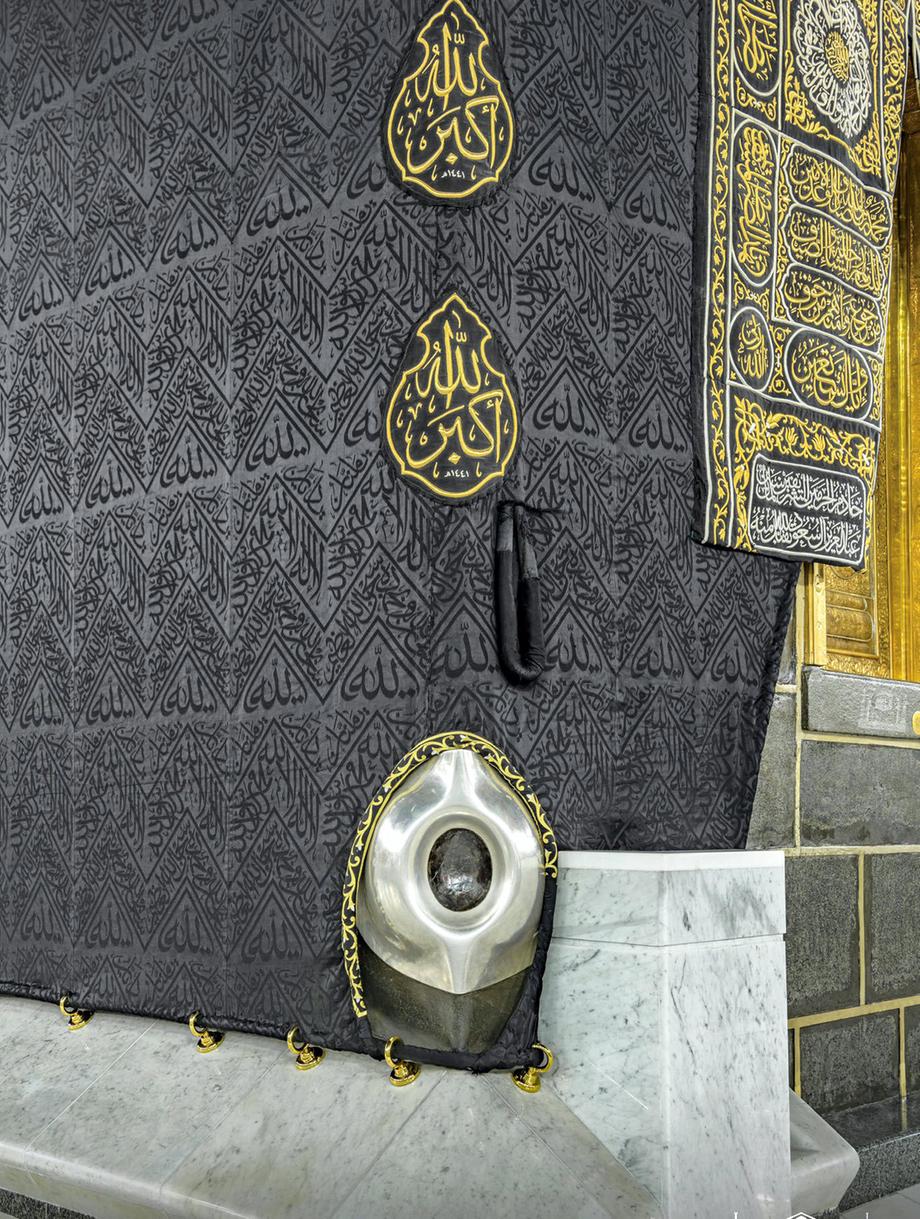Hajar al-Aswad (The Black Stone)-Hajarai Aswad
Published On Jun 08, 2021

The Black Stone (or Hajarul Aswad, Arabic: الحجر الأسود al-Ḥajar al-Aswad) is the eastern cornerstone of the Kaaba, the ancient stone building, located in the center of the Grand Mosque in Mecca, Saudi Arabia. It is revered by Muslims as an Islamic relic which, according to Muslim tradition, dates back to the time of Adam and Eve.
The stone was venerated at the Kaaba in pre-Islamic pagan times. According to Islamic tradition, it was set intact into the Kaaba’s wall by the Islamic prophet Muhammad in the year 605 A.D., five years before his first revelation. Since then it has been broken into a number of fragments and is now cemented into a silver frame in the side of the Kaaba. Its physical appearance is that of a fragmented dark rock, polished smooth by the hands of pilgrims. Islamic tradition holds that it fell from the heaven as a guide for Adam and Eve to build an altar, although it has often been described as a meteorite, a hypothesis, which is now uncertain.
Muslim pilgrims circle the Kaaba as a part of the tawaf ritual during the hajj and many try to stop and kiss the Black Stone, emulating the kiss that Islamic tradition records as it received from Muhammad.